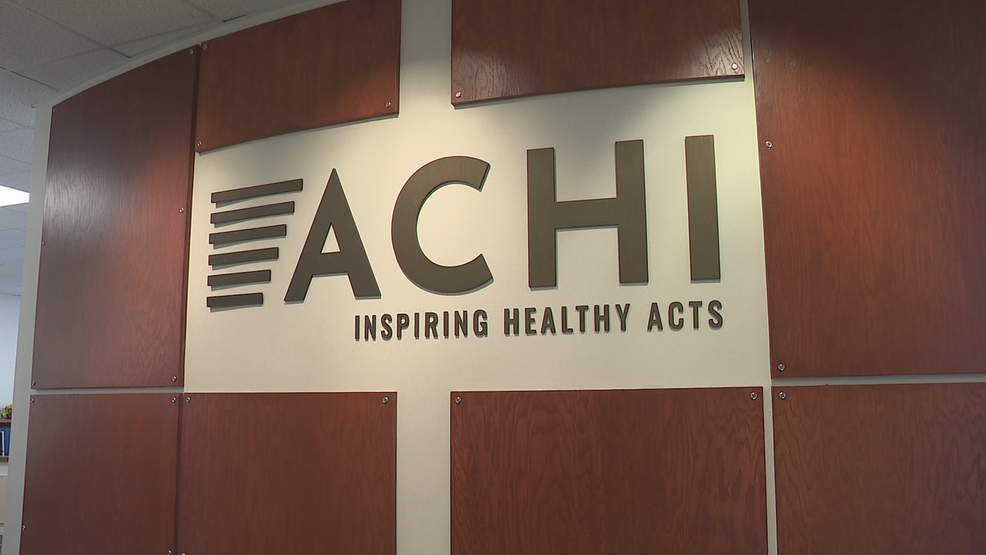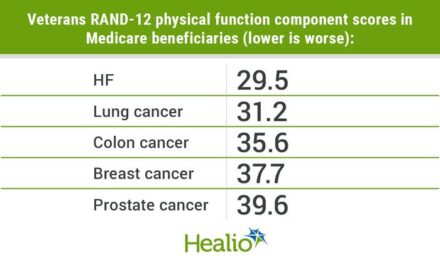
LITTLE ROCK (KATV) — Data pulled together by the Arkansas Center for Health Improvement (ACHI) showed mothers who live in certain parts of Arkansas are much more likely to give birth through a Cesarean section, or C-section, than mothers in other parts of the state.
As described by ACHI, a C-section is used to deliver a baby through surgical incisions made through the abdomen and uterus.
The five counties with the highest C-section rates for women giving birth for the first time were Desha, Ashley, Chicot, Drew, and Stone counties – with the rate ranging from 35% to 45% of mothers delivering via C-section.
In 2021, the national C-section rate among all mothers was 32.1% the center reported.
The five counties with the lowest rates were Woodruff, Searcy, Johnson, Marion and Boone counties – where anywhere from 15% to 19% of mothers have a C-section.
The statewide C-section rate among all mothers in Arkansas, including those with a previous C-sections, was 33.5% – ranging from 26.2% in Johnson County to 45.6% in Dallas and Desha counties from 2019 through 2021 according to data ACHI found.
They also examined C-section rates among women in full-term pregnancies giving birth for the first time , but not including twins, in a head-down position. Statewide, the C-section rate for those mothers from 2019 through 2021 was 27.6%, ranging from 15.2% in Woodruff County to 45.3% in Desha County.
In 2021, the national C-section rate for first-time mothers was 26.3% ACHI noted.
The report also noted that Black mothers are more likely to have C-sections than White mothers – 32.5% of Black mothers have the procedure compared to 26.7% of white mothers. American Indian or Alaskan Native mothers have the highest rate at 36.6%.
ACHI reported that mothers 40 years old or older were more likely to have a C-section: 18.5% for mothers 20 or younger, 24.9% for mothers 21-24, 30% for mothers 25-29, 34.1% for mothers 30-34, 46.3% for mothers 35-39, and 54.5% for mothers 40 or older.
Healthy People 2030, a federal initiative that identifies public health priorities, set a national target of reducing the national C-section rate among first-time mothers to 23.6%.
The procedure can be necessary in certain circumstances, but for most pregnancies, especially among first-time mothers, a vaginal delivery is safer. It comes with a lower risk of complications such as infection, blood loss, blood clots, and injury to organs.
“The wide variation in C-section rates by county of residence shows that where you live has a lot to do with your likelihood of delivering by C-section,” said ACHI President and CEO Dr. Joe Thompson. “These variations are likely associated with both disparate health risks among the mothers and the journey they experience through their pregnancy. Health care providers, stakeholders and policymakers should explore the reasons behind these differences and work to ensure that mothers only receive this procedure when it is necessary, wherever they live.”
ACHI published an infographic on its findings. The infographic notes that Arkansas women of birthing age 18-44, have high rates of diabetes, hypertension, and obesity, which could be a factor in C-section rates.
The infographic also provides examples of policies that Texas, New Jersey, and Oklahoma have adopted to reduce unnecessary C-sections.




